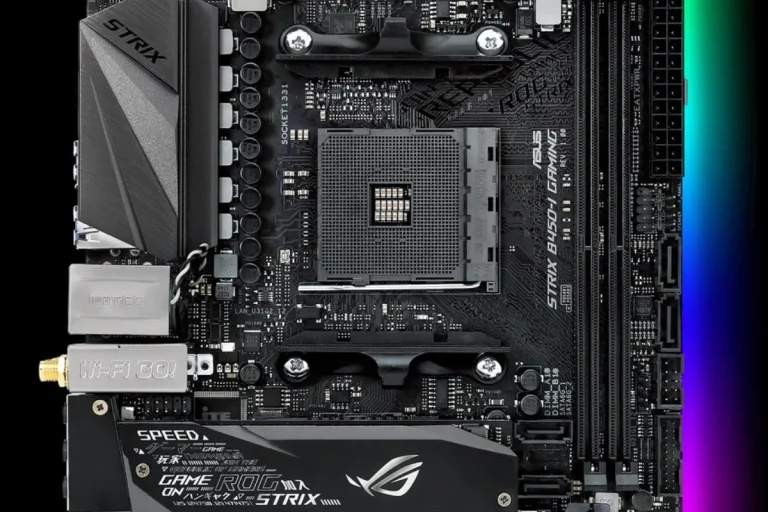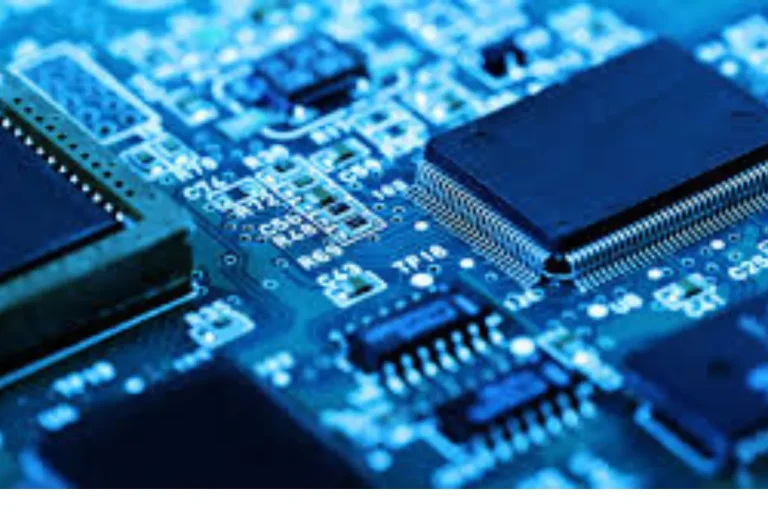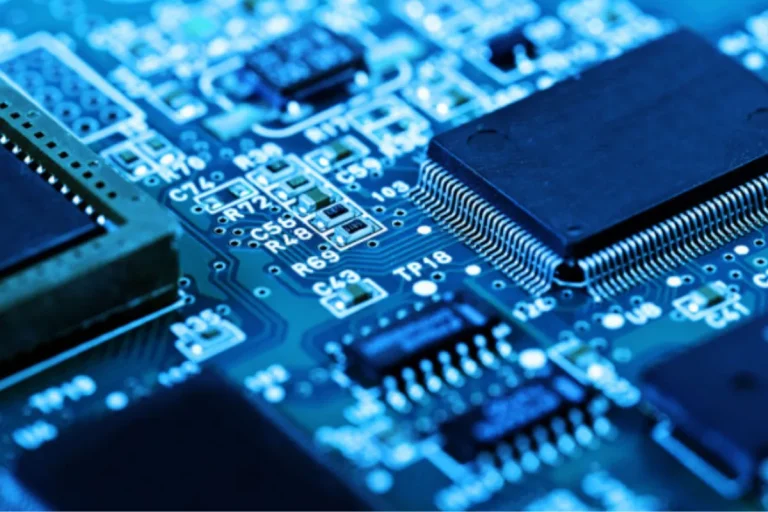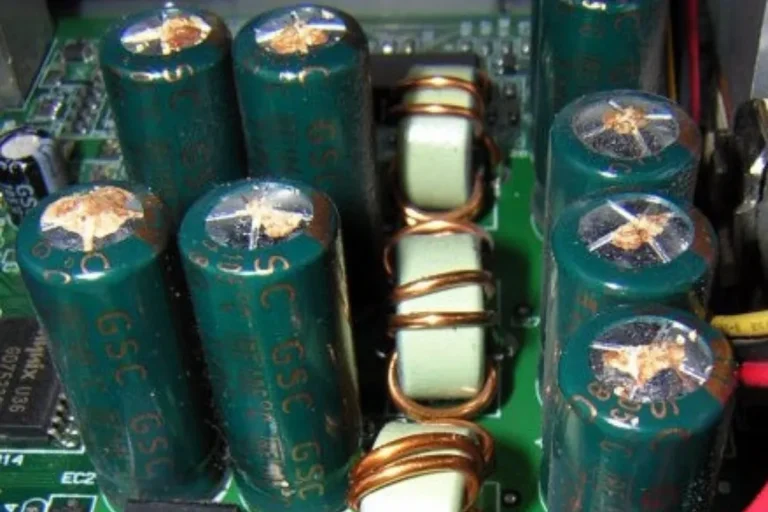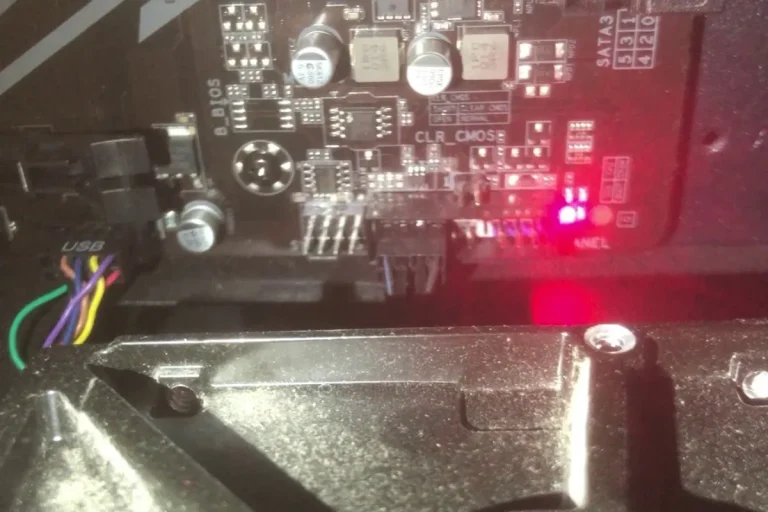Is it okay to touch the back of the motherboard?
Absolutely! But hold on, before you go all hands-on, let’s understand the ins and outs of this crucial computer component. The motherboard is like the heart of your computer, connecting all the vital parts.
Electrostatic Discharge (ESD) and Its Effects
Have you ever experienced a tiny shock when touching a metal object? That’s electrostatic discharge (ESD) in action! But did you know that ESD can also harm electronic components, like the precious motherboard in your computer?
Defining Electrostatic Discharge
Electrostatic discharge (ESD) refers to the sudden flow of static electricity between two objects with different electrical potentials. In simpler terms, it’s like a tiny lightning bolt that can occur when you touch or come close to electronic components. This discharge can be harmful to the delicate circuits and components on the motherboard.
ESD Occurrence and Associated Risks
ESD can occur when there is a buildup of static electricity in your body, commonly caused by friction or movement. When you touch the motherboard without proper precautions, the discharge can transfer from your body to the motherboard, potentially damaging its sensitive components. This can lead to malfunctions, data loss, or even permanent damage.
Importance of Preventing ESD
Preventing ESD is crucial to maintain the integrity of your motherboard. By taking simple precautions, such as grounding yourself before touching the motherboard or using anti-static wristbands or mats, you can minimize the risk of ESD occurring. These precautions help dissipate any built-up static electricity, ensuring that the motherboard remains unharmed and functions properly.
Motherboard Backside Components
When it comes to motherboards, we often focus on the front side with its colorful slots and ports. But what about the backside? It’s time to turn our attention to the often-overlooked components found there. In this section, we’ll explore the various components on the back of a motherboard, understand their role, and learn how to handle them safely to avoid any physical damage.
Discussing the Various Components
The back of a motherboard is home to several important components, including capacitors, resistors, and soldered connections. These components work together to ensure the smooth operation of the motherboard and the entire computer system. Each component plays a vital role in providing power, regulating signals, and facilitating data transfer.
Explaining Vulnerability to Physical Damage
While the backside components are essential, they are also more vulnerable to physical damage compared to their counterparts on the front.
Due to their exposed nature, they can be easily damaged by mishandling or accidental contact with other objects. Even a slight impact can lead to bent pins, broken connections, or disrupted circuitry, affecting the motherboard’s functionality.
Providing Tips for Safe Handling
To handle the motherboard backside safely, it’s important to exercise caution and follow a few tips. Firstly, avoid placing the motherboard on hard surfaces to prevent scratches or bent pins.
Secondly, use an anti-static mat or foam pad to provide a cushioned and static-free workspace. Lastly, always hold the motherboard by its edges and avoid touching any sensitive components, such as capacitors or resistors.
Best Practices for Handling the Motherboard
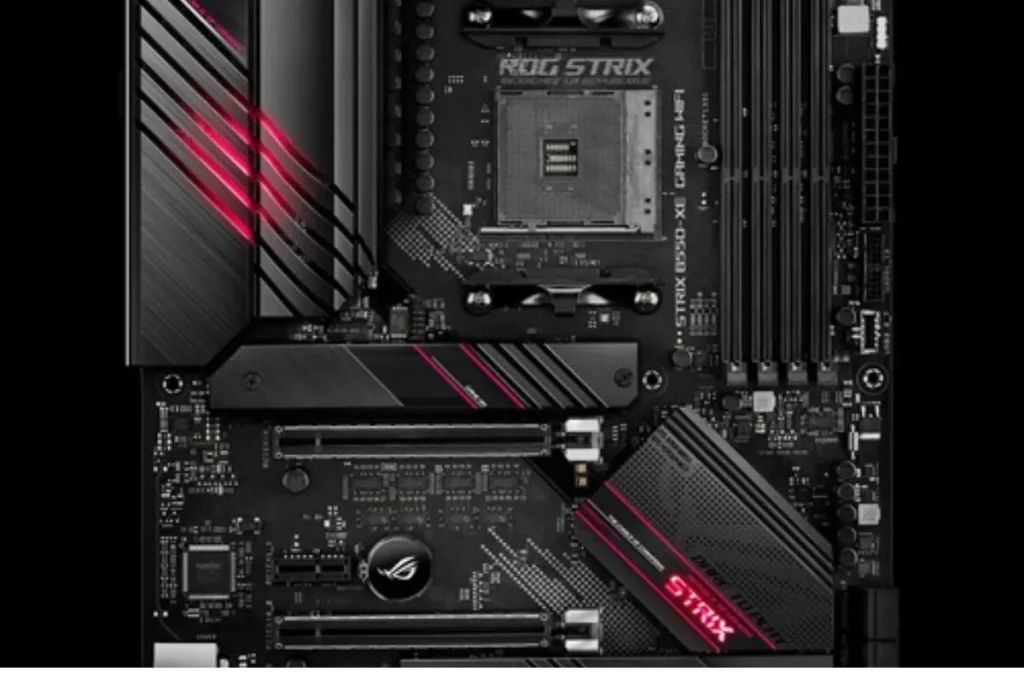
Introduction: When it comes to handling a motherboard, it’s crucial to follow the best practices to prevent any damage and ensure a successful installation or maintenance process.
In this section, we’ll provide step-by-step instructions on how to handle the motherboard safely, emphasizing the importance of grounding oneself, using proper tools, and following the manufacturer’s guidelines.
Step-by-Step Instructions for Safe Handling
- Ground Yourself: Before touching the motherboard, it’s essential to ground yourself. This can be done by touching a metal object or using an anti-static wristband. Grounding helps discharge any built-up static electricity from your body, reducing the risk of electrostatic discharge (ESD) that can damage the motherboard.
- Use Proper Tools: When handling the motherboard, use the appropriate tools such as a screwdriver with the correct size and type of head. This ensures a secure and proper fit of the components without causing any damage. Avoid using excessive force or sharp objects that can scratch or puncture the motherboard.
- Handle with Care: Always hold the motherboard by its edges, avoiding direct contact with any sensitive components or circuitry. Be mindful of any connectors, pins, or slots on the motherboard, and handle them gently to prevent bending or breaking.
Importance of Following Guidelines
Manufacturers provide specific guidelines for handling their motherboards, including installation and maintenance instructions. It is crucial to read and follow these guidelines carefully.
They often include valuable information on proper handling techniques, recommended tools, and precautions to take. Adhering to the manufacturer’s guidelines ensures that you handle the motherboard in a way that maintains its integrity and prevents any potential issues.
Frequently Asked Questions
1. Can I safely touch the back of the motherboard?
Yes, it is generally safe to touch the back of the motherboard. However, it is important to exercise caution and follow proper handling techniques to minimize the risk of damage.
2. Will touching the back of the motherboard cause damage?
Touching the back of the motherboard alone is unlikely to cause damage. However, mishandling or applying excessive force can lead to bent pins, broken connections, or disrupted circuitry, which may affect the motherboard’s functionality.
3. How can I minimize the risk of damage while touching the back of the motherboard?
To minimize the risk of damage, it is recommended to handle the motherboard by its edges and avoid direct contact with any sensitive components or circuitry. Additionally, grounding yourself before touching the motherboard and using proper tools can further reduce the risk of electrostatic discharge or accidental damage.
4. Are there any specific guidelines to follow when touching the back of the motherboard?
It is important to refer to the manufacturer’s guidelines for specific instructions on handling their motherboard models. These guidelines often include recommendations on proper handling techniques, tools to use, and precautions to take.
5. Are there any myths or concerns regarding touching the back of the motherboard?
There are some myths and concerns surrounding touching the back of the motherboard, such as the fear of damaging delicate components or causing a short circuit. However, with proper handling techniques and adherence to manufacturer guidelines, the risk of such issues is minimal.
Conclusion
It is generally safe to touch the back of the motherboard as long as you handle it with care and follow proper guidelines. While there is a slight risk of damage if mishandled, by grounding yourself, using proper tools, and following manufacturer guidelines, you can minimize any potential risks.
